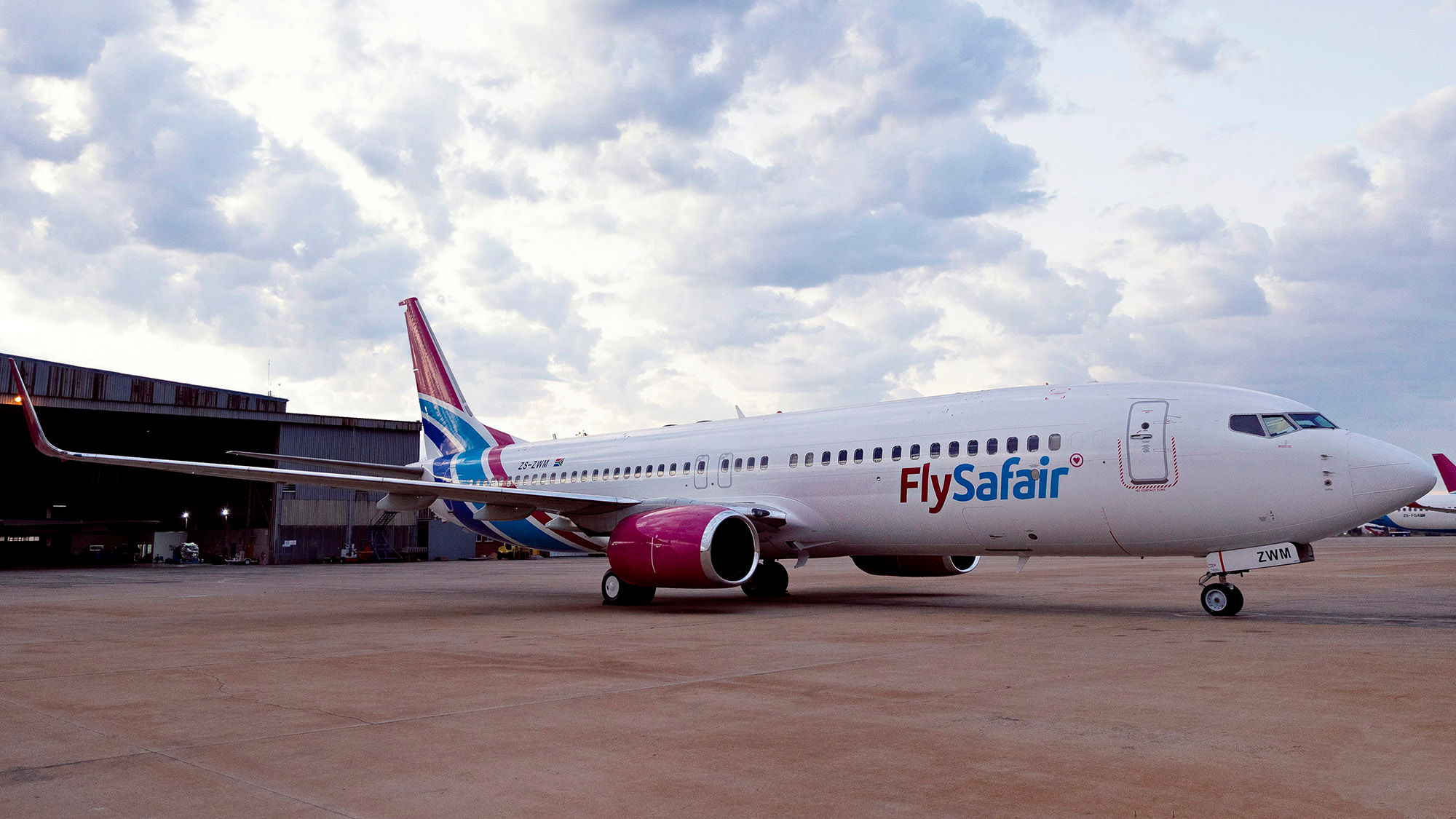
The cost of intra-Africa travel has been a subject of much debate in recent years, with tourism professionals suggesting it is holding back the immense potential of Africa as a tourism destination.
As the BBC recently reported, flying from Berlin, the capital of Germany, to Istanbul, Turkey’s largest city, might cost you around $150 for a direct flight lasting under three hours. However, traveling a similar distance between Kinshasa, the capital of the Democratic Republic of Congo, and Lagos, Nigeria’s largest city, could cost between $500 and $850, often involving at least one layover and taking as much as 20 hours.
Rodger Foster, CEO of the South Africa-based carrier Airlink, said he believes there are valid reasons for the high costs of intra-African air travel. These include taxes, statutory charges and levies, the high costs of jet fuel, airport taxes, air navigation, weather services and ground handling fees in many countries in Africa. “The operational cost structure for regional travel differs significantly compared to South African domestic travel, which is commoditized, especially on trunk routes,” he explained.
Kirby Gordon, the head of sales and distribution at South African low-cost airline FlySafair, adds that demand and passenger numbers on many intra-Africa routes are relatively low. This usually means that the route needs to be served by a smaller gauge of aircraft. “The issue then is that you don’t get the economies of scale and efficiencies of jets, which does mean higher prices,” he said.
For David Frost, the CEO of the Southern Africa Tourism Services Association (Satsa), inadequate airline competition in Africa directly affects ticket pricing. “The aviation industry has faced setbacks, largely attributed to the pandemic, resulting in the exit of several airlines and limited choices for passengers,” Frost said. “It is crucial to foster competition on routes which provide access to popular and sought-after accommodations and lodges. Often these routes rely on private charter flights or smaller aircraft, driving up operational costs and resulting in higher airfares which hit the passenger’s pocket.”
Where there are strong efforts by local governments to grow tourism, the connectivity seems to follow, according to Gordon.
“Destinations like Mauritius, Zanzibar, the Victoria Falls, the Okavango Delta and the Masai Mara tend to be quite well served by big international carriers. It’s the connections to some of the less tourism-established centers that seems to be a little trickier to grow,” Gordon said. “It’s that proverbial chicken and egg issue, though: No connectivity means no tourists, but no tourism demand means the route holds no appeal to airlines.”
Expanding networks
Several regional airlines, including FlySafair, South Africa’s CemAir and Proflight Zambia, have recently expanded their regional networks. The flights have been welcomed by local African tour operators who say it will help position Africa as an attractive destination for the more budget-conscious three- and four-star travelers.
“From my perspective, the introduction of a low-cost carrier into Maputo is fantastic news. Since the demise of 1Time Airlines, we have been beholden to the exorbitant costs of flights on Airlink and LAM,” said Natalie Tenzer-Silva, director of Dana Tours. “With the start of FlySafair, we see an almost 50% reduction in airfares, and we are hoping to attract much of the leisure market because of this.”
• Related: South African airline gets OK for new regional routes
Sean Kritzinger, owner Giltedge, said the introduction of more regional routes will help speed up the recovery of the three-star market. “At the moment, the very high pricing means that only your top-end luxury travelers from markets like the U.S. can afford the air tickets,” he said. “If we start to see lower airfares, that will get the three- and four-star travelers traveling, as well.”
Frost concurred, noting that Satsa members have reported a swifter recovery for high-end accommodations and products, whereas three- and four-star offerings have been slower to rebound. “More options as well as a competitive price point, hold the potential to significantly attract the markets lagging in recovery. The introduction of new routes will support substantial tourism growth, making regions accessible for all markets,” he said.
Cost not a factor, some say
Yet Carol Kohne, CEO of Ellerman House, said she believes that while the cost of flying direct between Africa’s key capital cities is certainly a limiting factor for business travel on the continent, it hasn’t significantly hampered international leisure travel.
Travel Beyond’s Craig Beal echoes this sentiment, emphasizing that the cost of flights within Africa is never a factor in our client’s decision making, although the cost of business-class seats to Africa from the U.S. can be a deterrent. Jim Holden, president of Holden Safaris, agreed with Beal, saying: “The prices of international flights have been sky-high, and that’s where my clients’ angst is directed at the moment.”
More than price, U.S. travelers are concerned about flight times within Africa, said Kohne. “For many of our guests, particularly from the United States and Asia, time is more of a concern than budget, so the availability of shorter flight times and faster connections is an important factor in their holiday planning,” she said.
Foster stressed the importance of improved connections, stating that the inability to secure traffic rights for certain African routes is problematic. “This forces travelers to make much longer, circuitous journeys to reach destinations,” he said.
Specialists suggest better connections to countries like Rwanda, Uganda, Botswana, Namibia and Zimbabwe. Angola, according to Kohne, holds potential if there’s more flight capacity and competition.
Safari connections
Meanwhile Holden would love to see flights that connect safari destinations. “For example, a client who wants to safari in Botswana and Serengeti cannot connect the two safari destinations without flying through Southern Africa’s hub of Johannesburg and East Africa’s hub of Nairobi, wasting precious time in the process,” he said.
What is certain is that aviation plays a pivotal role in propelling tourism growth.
“Affordable intra-African flights will ultimately contribute to Africa’s competitiveness in the global tourism market, solidifying its standing on a global stage,” FlySafair’s Frost concluded. “We know that international travelers are inclined to extend their stays in Africa, given the distance they must travel. International guests are also more likely to book combo travel itineraries that cover multiple destinations. Retaining our competitive edge hinges on bolstering air capacity,” Frost concluded.
Source: Read Full Article











